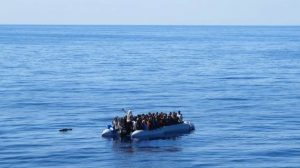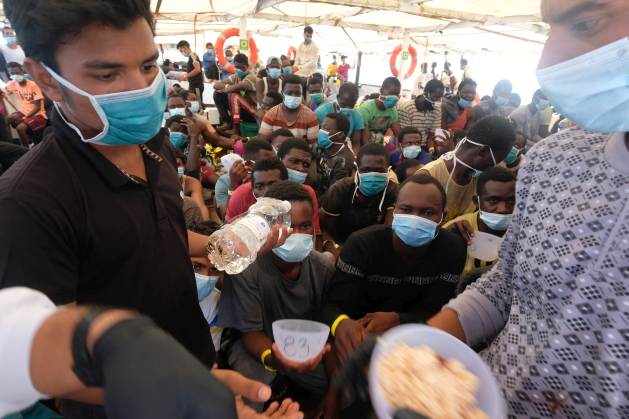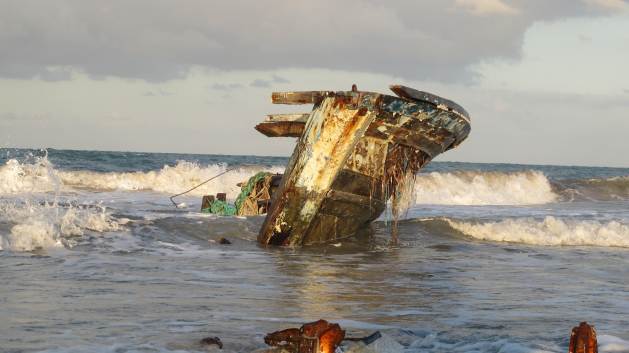By Jomo Kwame Sundaram
KUALA LUMPUR, Malaysia, Dec 13 2022 – Calls for more government regulation and intervention are common during crises. But once the crises subside, pressures to reform quickly evaporate and the government is told to withdraw. New financial fads and opportunities are then touted, instead of long needed reforms.
Global financial crisis
The 2007-2009 global financial crisis (GFC) began in the US housing market. Collateralized debt obligations (CDOs), credit default swaps (CDSs) and other related contracts, many quite ‘novel’, spread the risk worldwide, far beyond US mortgage markets.

Jomo Kwame Sundaram
Transnational financial ‘neural-like’ networks ensured vulnerability quickly spread to other economies and sectors, despite government efforts to limit contagion. As these were only partially successful, deleveraging – reducing the debt level by hastily selling assets – became inevitable, with all its dire consequences.
The GFC also exposed massive resource misallocations due to financial liberalization with minimal regulation of supposedly efficient markets. With growing arbitrage of interest rate differentials, achieving balanced equilibria has become impossible except in mainstream economic models.
Financialization has meant much greater debt and risk exposure as well as vulnerability for many households and firms, e.g., due to ‘term’ (duration) and currency ‘mismatches’, resulting in greater overall financial system fragility.
This has worsened global imbalances, reflected in larger trade and current account deficits and surpluses. In unfavourable circumstances, exposure of firms and households to risky assets and liabilities has been enough to trigger defaults.
Bold fiscal efforts succeeded in inducing modest economic recoveries before they were nipped in the bud soon after the ‘green shoots of recovery’ appeared. Instead, the US Fed initiated ‘unconventional’ monetary policies, offering easy credit with ‘quantitative easing’.
Currencies in flux
The seemingly coordinated rise of various, apparently unconnected asset prices cannot be explained by conventional economics. Thus, speculation in commodity, currency and stock markets has been grudgingly acknowledged as worsening the GFC.
The exchange rates of many currencies have also come under greater pressure as residents borrowed in low interest rate currencies such as the Japanese yen. In turn, they have typically bought financial assets promising higher returns.
Thus, higher interest rates attract capital inflows, raising most domestic asset prices. Exchange rate movements are supposed to reflect comparative national economic strengths, but rarely do so. But conventional monetary responses worsen, rather than mitigate, contractionary tendencies.
Globalization of trade and finance has generated contradictory pressures. All countries are under pressure to generate trade or current account surpluses. But this, of course, is impossible as not all economies can run surpluses simultaneously.
Many try to do so by devaluing their currencies or cutting costs by other means. But only the US can use its ‘exorbitant privilege’ to maintain both budgetary and current account deficits by simply issuing Treasury bonds.
Currency markets can also undermine such efforts by enabling arbitrage on interest rate differentials. International imbalances have worsened, as seen in larger current account deficits and surpluses.
Contrary to mainstream economics, currency speculation does not equilibrate national, let alone international markets. It does not reflect economic fundamentals, ensuring exchange rate volatility, to damaging effect.
Commodity speculation
Thanks to currency mismatches, many companies and households face greater risk. Exchange rate fluctuations, in turn, exacerbate price volatility and its harmful consequences, which vary with circumstances.
Changes in ‘fundamentals’ no longer explain commodity price volatility. Meanwhile, more commodity speculation has resulted in greater price volatility and higher prices for food, oil, metals and other raw materials.
These prices have been driven by much more speculation, often involving indexed funds trading in real assets. The resulting price volatility especially affects everyone, as food consumers, and developing countries’ agricultural producers.
Sharp increases in commodity prices since mid-2007 were largely driven by speculation, mainly involving indexed funds. With the Great Recession following the GFC, most commodity producers in developing countries faced difficulties.
Since then, nearly all commodity prices fell from the mid-2010s as the world economic slowdown showed no sign of abating until economic sanctions in 2022 pushed up food, energy, fertilizer and other prices once again.
Besides hurting export revenues, lower commodity prices and even greater volatility have accelerated depreciation of earlier investments in equipment and infrastructure following the commodity price spikes.
Integrated solutions needed
The uneven financial system meltdown following the GFC raised expectations that ‘finance-as-usual’ would never return. But lasting solutions to threats, such as currency and commodity speculation, require international cooperation and regulation.
Meanwhile, goods and financial markets have become more interconnected. Thus, a truly multilateral and cooperative approach has to be found in the complex interconnections involving international trade and finance.
In this asymmetrically interdependent world, policy reforms are urgently needed. All countries need to be able to pursue appropriate countercyclical macroeconomic policies. Also, small economies should be able to achieve exchange rate stability at affordably low cost.
Although prompt actions were undertaken in response to the GFC, the world economy experienced a protracted slowdown, the ‘Great Recession’. Myopic policymakers in most developed economies focus on perceived national risks, ignoring international ones, especially those affecting developing countries.
Contrary to widespread popular presumption, the Bretton Woods multilateral monetary and financial arrangements did not include a regulatory regime. Nor has such a regime emerged since, even after US President Nixon unilaterally ended the Bretton Woods system in 1971.
With the gagged voice of developing countries in international financial institutions and markets, the United Nations must lead, as it did in the mid-1940s.
It is the only world institution which could legitimately develop a better alternative. Thankfully, the UN Charter assigns it responsibility to lead efforts to do so.
IPS UN Bureau






